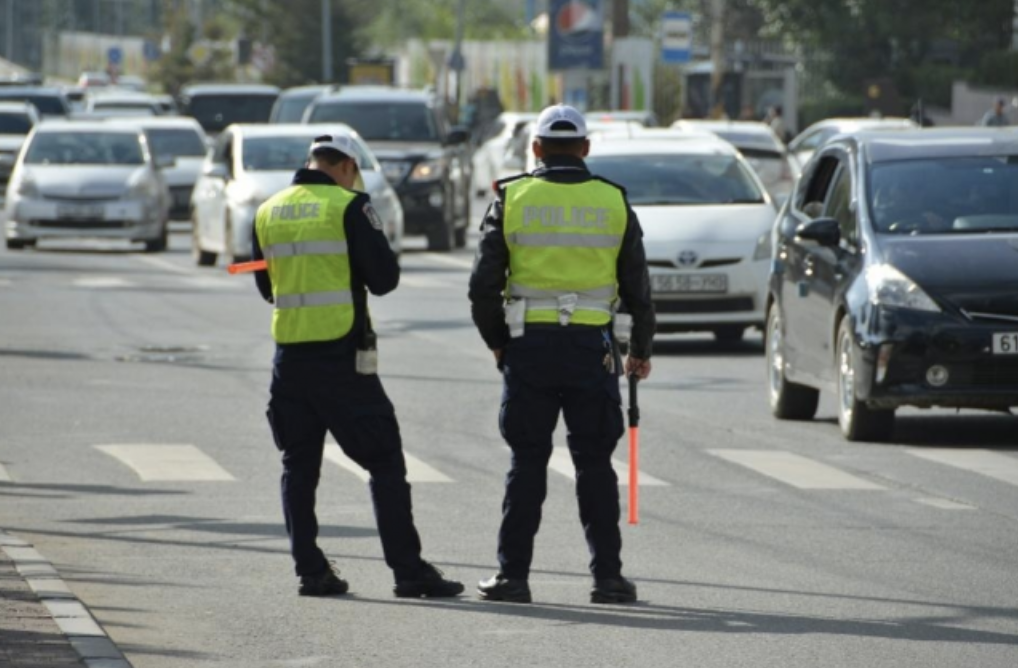Senseair's High-Precision Alcohol Detector Targets "Morning-After Drunk Driving" to Enhance Public Transportation and Travel Safety
![]() 03/20 2025
03/20 2025
![]() 643
643
As of March 1, 2024, China's new national standard for drunk driving will take effect, lowering the legal limit from 50mg/100ml to 20mg/100ml. However, traffic management data reveals that 35% of drunk driving incidents detected in the first quarter of 2024 occurred before 10 am, predominantly due to "morning-after alcohol." Given the paramount importance of urban public transportation safety, adopting advanced alcohol detection technology for rapid and accurate pre-shift screening is crucial for ensuring the industry's well-being. Traditional alcohol detection methods fall short in efficiency and accuracy, struggling to meet the new national standard's stringent requirements. Leveraging high-precision Non-Dispersive Infrared (NDIR) technology, Sweden's Senseair significantly mitigates the risk of misjudgment. Its alcohol detection system has been deployed in German bus systems and widely used in buses, airports, hospitals, and fire stations across Sweden, reinforcing public travel safety. This provides valuable insights and a reference for introducing new alcohol detection technology in China.
Law Enforcement on Morning-After Drunk Driving
On December 20, 2024, at 9 am, traffic police in a Guangxi district conducted a traffic violation rectification operation. During the inspection, a passenger vehicle driver was found to have an alcohol content of 30mg/100ml, considered driving under the influence. Consequently, he faced legal detention for 15 days, a fine of 5,000 yuan, and revocation of his driver's license, with a five-year ban on re-obtaining it. This case underscores that even in the morning after drinking, as long as alcohol levels exceed the limit, the law does not lenient due to the "morning-after" factor.

Alcohol metabolism in the human body is a complex and slow process. Scientific research indicates that the body can typically metabolize only about 10 to 15 milliliters of alcohol per hour. For instance, consuming a 500-milliliter beer with an alcohol content of 4% to 5% requires approximately 15 to 20 hours, or longer, for complete metabolization. According to regulations, severe drunk driving accidents can result in up to 15 days of administrative detention or up to 6 months of criminal detention. Despite stringent regulations, some experienced drivers harbor a false sense of security, often believing morning-after drunk driving is hard to detect, exacerbated by potential oversights in traditional detection methods.
Traditional Drunk Driving Detection's Drawbacks Prompt New Methods in Public Transportation
Morning-after drunk driving poses an "invisible threat" to traffic safety due to its concealment. Drivers often overlook its dangers, assuming they are sober and alcohol levels are low, while traditional detection methods fail to identify such cases effectively. Especially in suburban or remote areas with infrequent traffic police checkpoints, timely detection and punishment of morning-after drunk driving are challenging. The primary issues with traditional drunk driving detection include:
● Low detection efficiency: Requires close contact and slow detection speed, inadequate for large-scale screening.
● Insufficient detection accuracy: May overlook low-concentration alcohol residues, resulting in missed detections.
● High law enforcement costs: Manual checkpoint inspections demand significant manpower and resources, hindering comprehensive coverage.

Addressing these enforcement challenges, public transportation companies in various regions of China have proactively taken preventive measures to ensure operational safety and prevent alcohol-impaired or morning-after drunk driving. By introducing alcohol detectors, all drivers undergo rigorous pre-shift alcohol tests daily. This stringent control at the source effectively prevents illegal behaviors like drunk and morning-after drunk driving, reduces traffic accident risks, and guarantees travel safety.
Senseair Safe Start Alcohol Detection System: Safe and Efficient
The Senseair alcohol detector employs advanced NDIR technology, boasting high precision, rapid response, and contactless low interference. At the heart of Senseair products lies a unique sensor co-developed with the United States' DADSS. Building on over 30 years of deep expertise and continuous innovation in infrared gas detection, the Senseair alcohol detector has been successfully implemented in numerous locations, earning customers' deep trust and praise.

As a global leader in gas sensing technology, the Senseair Safe Start alcohol detection system is user-friendly, highly accurate, and compatible with fleet management systems like buses and subways, ensuring drivers are alcohol-free and sober at work. Through comprehensive real-time monitoring, Senseair Safe Start flexibly adapts to various scenarios, significantly enhancing management efficiency. The system includes a web-based dashboard for managing connected devices, generating reports, and customizing exclusive configuration files. It supports multi-device network connections suitable for large-scale environments. By registering employees with RFID cards or tags, Senseair Safe Start ensures detection operations' exclusivity and security, adjusting protocols as needed to send information to the management system, integrating automatic detection and other related automation functions, facilitating fleet management.
With its cutting-edge alcohol detection technology, Sweden's Senseair not only addresses morning-after drunk driving screening but also transcends traditional alcohol detection limitations, such as low accuracy. Senseair remains committed to optimizing and innovating alcohol detection technology, promoting its diverse applications and widespread adoption, and reinforcing the defense line for travel and public transportation safety. For more information, please visit the Senseair official website.








